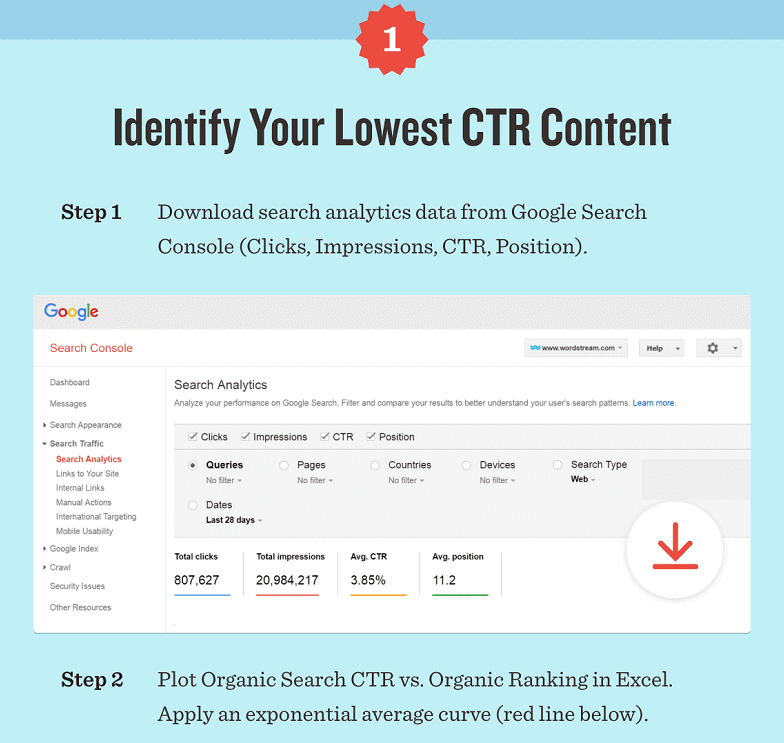First things first. There are no tricks, hacks, secret maneuvers, finger snaps or magic tricks when it comes to lead generation strategies. (But wouldn’t it be easier if there were?)
What we’re left with is some good ole fashioned hard work based on best practices to drive leads.
So, why aren’t more businesses dominating their lead game if all it takes is a little elbow grease?
Because it’s not what you do to generate leads, it’s how you do it.
Not much has changed since the first cave-salesman cold cave called a fellow caveman to sell him a wooden club. Sure, things like TV, Internet, and Mark Zuckerberg have come along to modify the approach, but the basic principle has remained the same: Provide a supply to someone’s demand.
So with that, lead generation boils down to capitalizing on one very useful marketing mnemonic: AIDA.
- Awareness
- Interest
- Desire
- Action
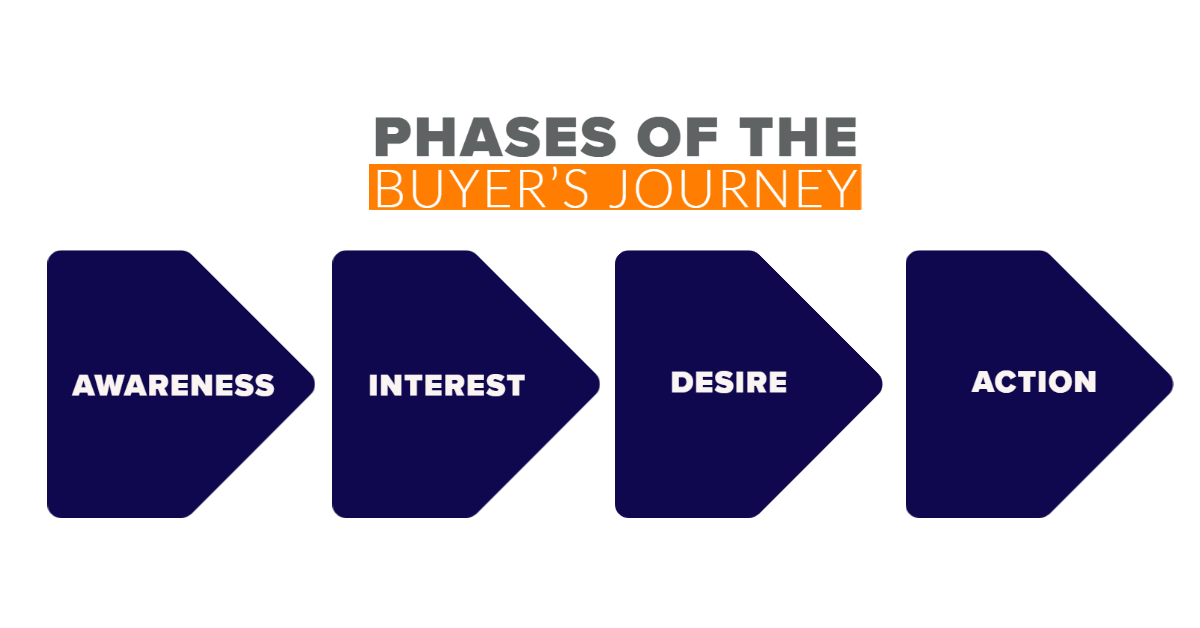
That’s your sales funnel, whether you’re marketing a SaaS, shoes, trips to the moon, or a wooden club. These are the stages a prospect follows in deciding whether what you supply meets their demand.
Or as one of the most astute business minds in the history of the world — Arianna Grande — puts it: “I see it, I like it, I want it, I got it.”

Never has lead generation been so eloquent.
So, we need to find the best strategy to drive leads using these tried and true principles.
For inspiration, let’s start by looking at something we can all trust and enjoy: movie quotes about lead generation.
- “The key to this business is personal relationships.” – Dicky Fox, Jerry Maquire
- “Always be closing.” – Blake, Glengarry Glen Ross
- “Create something of such value that everybody wants and go out and give and create value.” – Jordan Belfort, The Wolf of Wall Street
- “If you build it, they will come.” – Corn Stalks, Field of Dreams
- “I’m going to make him an offer he can’t refuse.” – Don Corleone, The Godfather
And perhaps the greatest lesson in selling ever filmed:
Michael Scott, ladies and gents.
So, what’s the takeaway from all that? What’s the “secret sauce?”
Adapt to your audience.
That’s it.
That’s how you drive more leads.
Welp, our work here is done. We’ll see ourselves out—best of luck with your lead generation.
https://giphy.com/gifs/the-simpsons-leonard-nimoy-marge-vs-monorail-AxVvk3UlCVPiPxtGLK
Just joking.
It’s not quite that simple. But that mantra really is the key. Marketing channels might change but adapting to your target audience will never go out of style.
Everyone and their grandmother is using the same channels these days to reach people. SEO, paid search, content marketing, the list goes on. Don’t get us wrong, these are the best ways to generate leads currently, which is why we’ll cover them below.
But even more important than the channels themselves is how you use them. This is how you’re going to get more leads.
So, let’s go over how to use them right now.
Step 1: Redefine Your Lead Across Every Channel
There are two methods of lead generation:
- Inbound marketing
- Outbound marketing
For this post, we’ll tackle inbound marketing.
Inbound marketing basically means that we create an acquisition funnel that attracts prospects into becoming leads and customers by helping them find us. (As opposed to outbound marketing, where we find the leads.)
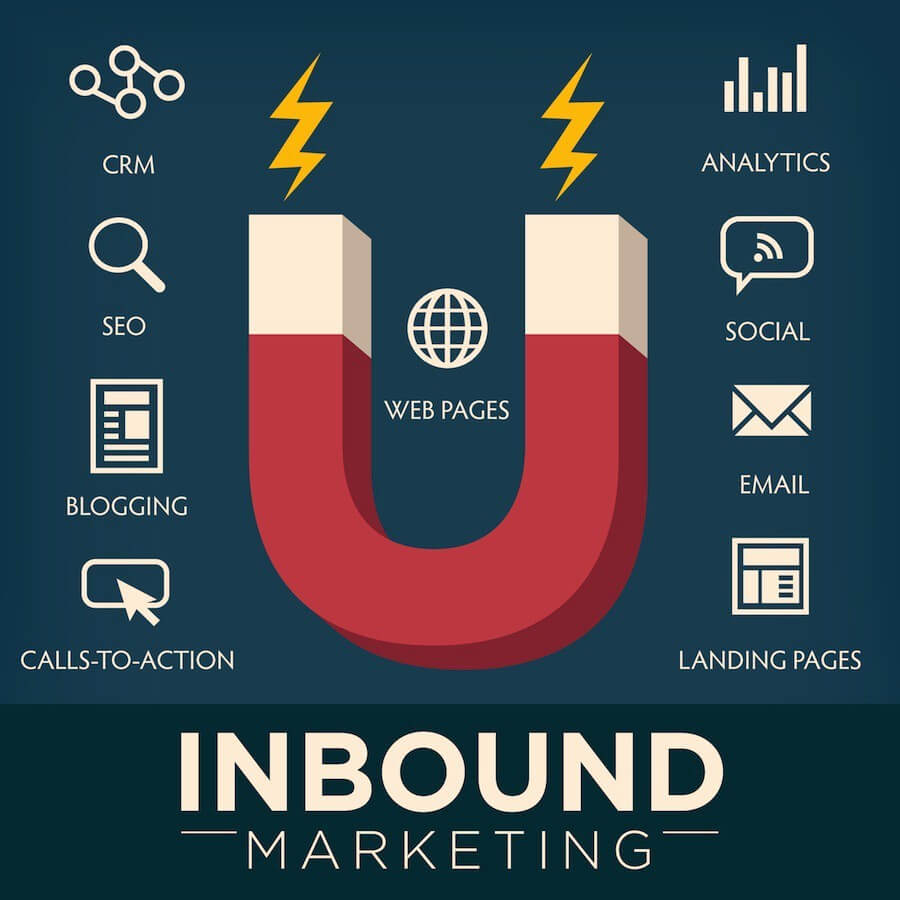
The premise is that if a lead searches you out, they will be more receptive to converting. Which makes a lot of sense.
But that’s only half the battle.
The marketing channels we’ll discuss below are the touchpoints that gather prospects into our funnel. But the goal isn’t to jam our funnel with as many people as possible (that will just clog things up, leaving little room for customers to pop out the other end). Instead, we want to focus on quality over quantity.
Because there is nothing worse than wasting time nurturing “lead mooches.” These are leads that will never convert. For example, someone that might have given you their email in return for a free offer but has no intention of ever buying anything.
So, we need first to identify which audience will make the best leads.
It’s very common to refer to leads as either being “cold” or “hot.” But those are really vague identifiers.
A far more thorough and useful categorization is:
- Inbound Lead
- Marketing Qualified Lead (MQL)
- Sales Accepted Lead (SAL)
- Sales Qualified Lead (SQL)
In brief, an inbound lead is someone who initially engaged with your brand, from signing up for a newsletter to just visiting your site. An MQL is someone not ready to buy yet but shows potential to in the future. An SAL is someone who has been vetted and primed to be handed off from marketing to sales. And finally, an SQL is someone who is ready to buy. They are also known as very hot leads.

Using this categorization to improve lead generation better, start by reverse engineering who you define as a quality lead (aka an SQL).
- Gather data about your past sales qualified leads and customers.
- Formulate ideal customer profiles (ICP) and buyer personas based on their characteristics (compiled of firmographic, demographic and technographic data).
- Build audiences for each of your marketing channels targeting those profiles.
- Create campaigns and content tailored to those audiences.
Just remember, an audience on one marketing channel might require a different approach than a very similar audience on another channel. This means you may have to do a lot of A/B testing to find the campaigns and content that best convert your ideal audiences.
And finally, just as important is to identify what conversions matter most to your business, and then target leads most likely to fulfill those goals. These are your end-goal, pie-the-sky macro conversions. Are you looking for leads who just fill out a form? Or are you looking for leads that purchase products and services across multiple verticals? Target accordingly.
Do this right, and the result will be bypassing “lead mooches” and going right after your highest quality prospects.
Lead generation begins and ends with your audience.
So, if you can define that audience as they relate to your ICP, each marketing channel, and desired macro conversions, you’ll be flush with quality leads primed to convert.
Step 2: Design Landing Pages with a Single Goal

The best landing pages are designed with your quality leads, and the entire sales funnel in mind. They are simple, straightforward, visually attractive, and focus on a single purpose.
Here are the three building blocks of a high-converting landing page:
- Unique Selling Proposition (USP)
- Attractive Hero Media
- Single conversion goal (aka CTA)
Let’s look a little closer at each one of those.
First up, your USP.
A landing page’s unique selling proposition includes three elements:
- Headline – A creative, straight to the point slogan that generates urgency and solves a particular problem. All ideally expressed in 7 words or less.
- Sub-Headline – A few sentences (no more than two) that reinforce the value expressed in the headline.
- Lead Magnet – Sometimes, this can be the product or service itself, or a special offer that a visitor receives after fulfilling the CTA.
Next, there’s your attractive hero media.
This is any photo, graphic, video, or the like that pulls your audience in like a tractor beam.
Since the human brain processes images 60,000 times faster than text, having the right image (or video) prominently displayed above-the-fold of your landing page goes a long way towards brand messaging, building trust, and generating leads.
Last but certainly not least, there’s landing page CTA.
One of the biggest pitfalls of landing page design is asking visitors to do too many things. Remember, this is a funnel, and it should be getting narrower the farther down it your leads travel. Your call-to-action (CTA) should focus on a single goal and can either be represented by a button (to an acquisition page) or form.
Your CTA should follow these best practices:
- Use button text specific to your USP – Avoid generic “Submit” or “Click Here” and show what happens when they take action (e.g. “Start My Free Trial”)
- Keep forms short – Don’t ask for more info than you need, ideally limiting the form to a couple of fields max.
No two landing pages are the same. Some benefit from being shorter. Others convert better when they are much longer (by including things like social proofs and service descriptions). It’s important to A/B test both to find the highest converting length for your landing pages.
To get you started, below are a few above-the-fold examples for winning landing pages.
Just try not to be enticed by this headline. We dare you…
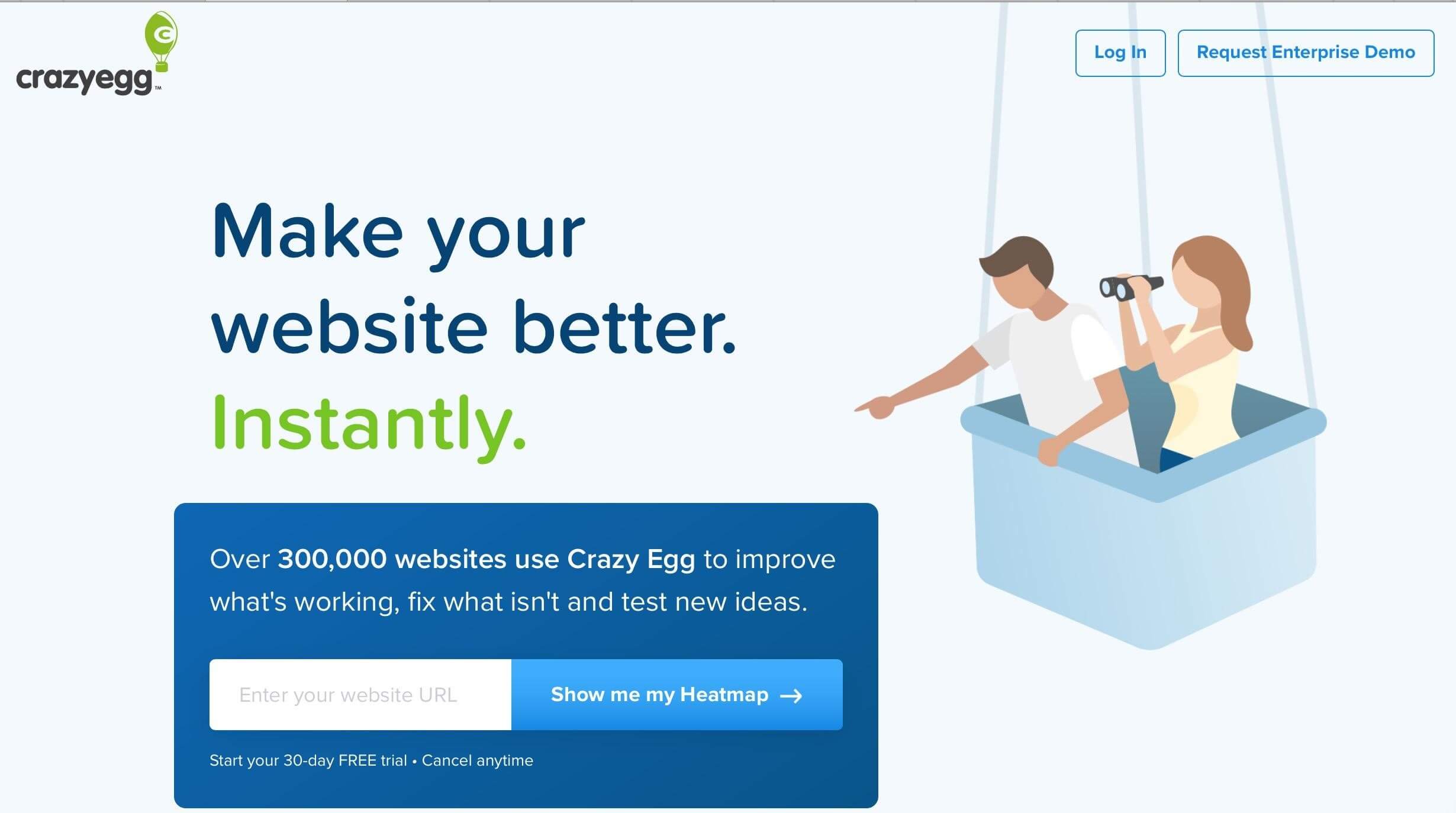
Or this example that asks businesses to share their challenges with an easy selector.
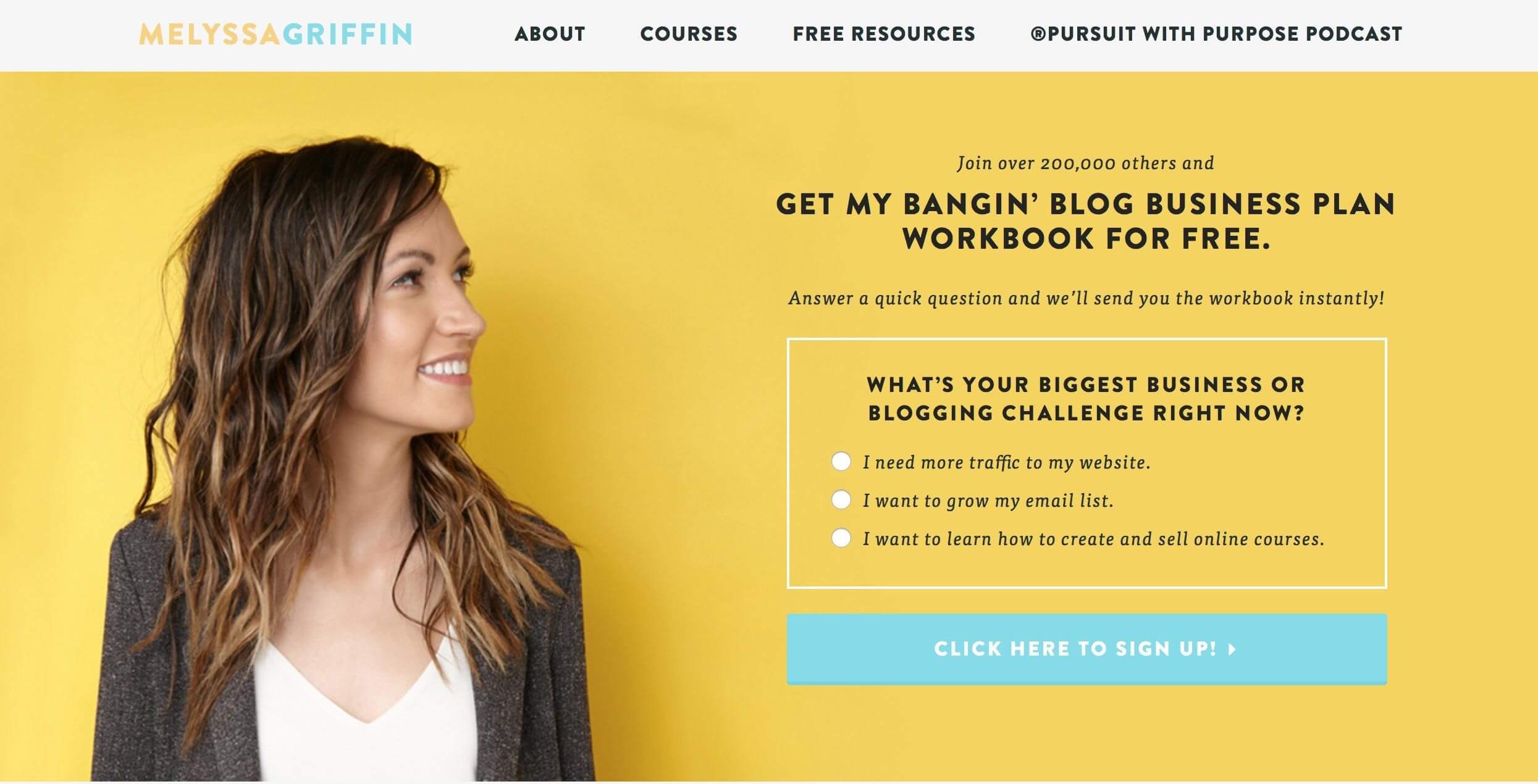
A landing page about landing pages? You know they know what they’re doing. Turns out, that means using video.
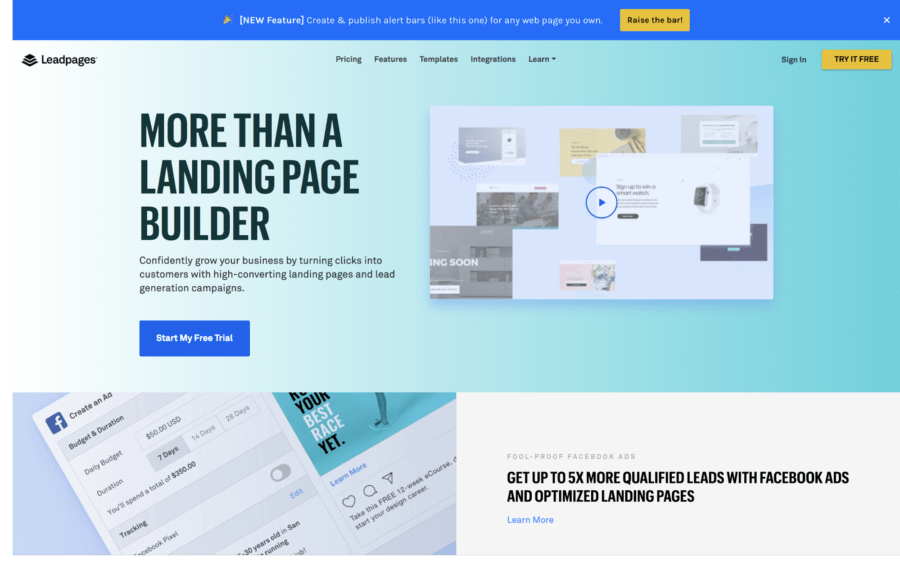
Simple. Straightforward. Visually attractive. Single CTA.
That’s how you design a landing page to drive more leads.
Step 3: SEO for Leads Not Traffic
Contrary to popular belief, SEO is not just about improving page rank and increasing site traffic. What is far more important is using search engine optimization to target specific audiences and drive quality leads.
In fact, increasing quality traffic to your site is the number one benefit of a well-structured SEO strategy.
At the end of the day, traffic to a website is useless unless that traffic is taking the actions you want them to.
Three of the best ways to drive more leads through SEO are:
- Targeting queries that match your ideal customer profiles (identified in Step 1)
- Testing Title and Meta-Descriptions that entice your ideal customer profiles
- Creating content of value for your ideal customers
The most important metric to track success is:
- Click-through-Rate (CTR)
Using a combination of Google Analytics and Google Search Console you can identify which landing pages and content are driving the most leads for your business. Pay particular attention to which search queries they appear for.
Once you have that information, click the image below to see a great infographic on boosting organic CTR. You can’t go wrong implementing these strategies:
It’s been found that doubling your CTR will increase conversion rate by 50%. If ever there was a way to drive more leads, this is it.
Just keep in mind how your SEO relates to the rest of your sales funnel, especially your content marketing strategy. SEO and content marketing are long term plays that go hand in hand. While ideally, you would craft a landing page that converts well AND ranks high, outside your homepage, that can be difficult.
That’s why many businesses create SEO-centric content (e.g., blog posts, infographics, videos, etc…) that might not directly seek to generate leads, but by providing valuable and relevant content, nurture prospects that match your ICP into your sales funnel.
Just make sure your page titles and descriptions are optimized for engagement. If you need help, give us a shout.
Step 4: Go Granular with Paid Ads

Few ways generate leads faster than paid ads. Whether you’re creating campaigns for Google Ads, Facebook Ads, LinkedIn Ads, or display networks, they allow you to target new prospects that match your ideal customers better than almost any other lead marketing channel.
We’ve previously covered how to generate more high-quality leads using Facebook advertising. A lot of those principles can be applied to all your paid strategies.
We’ve also shown how to leverage LinkedIn Lead Gen Forms for more leads.
In summation, every effective paid lead generation thrives on one thing: specificity.
With that in mind, here some strategies to improve the lead gen of your paid ads:
- Create Highly Targeted Ad Groups – If you have over 10 keywords in your ad group, you may have too many. Having a small, targeted ad group allows you to create ads that are super in-line with your target audience.
- Create Landing Pages for Ad Campaigns – Not vice versa. An ad campaign and landing page should work seamlessly together and share similar messaging and CTAs. Not only will this improve Quality Score and reduce CPC, but it will also help generate more leads
- Target more specific keywords – Use a combo of long-tail keywords, negative keywords, and focused match types, like phrase match, in ALL your campaigns.
- Make sure to exclude these 7 audiences from your campaigns
- Customized URL Tracking – Leverage custom UTM parameters to better track the effectiveness of your paid media and social campaigns. UTM parameters can help you follow specific ads through the conversion funnel, making cross-platform monitoring a breeze. You can create custom UTM parameters easily with Google’s tool.
One final note that applies to both SEO and Paid lead generation. They are as close as you can come in digital marketing to being recession-proof.
Whether we want it to or not, the next recession is coming (if it isn’t already here). But low investment, high-yield marketing channels like SEO and Paid advertising can help your business flourish during an economic downturn.
Which makes them an excellent strategy for generating more leads no matter what the business environment.
Step 5: Go Offline

You didn’t think this was just going to be about digital marketing, did you?
Without a doubt, getting hyper-personalized is one of the biggest marketing trends this decade. Yet when we talk about personalization, it’s almost always in the context of digital. But what better way to get personal than doing it face-to-face?
“Just wait a second!” you may be saying. We can’t even go outside of our homes, let alone market in the ‘real world!’ Yes, while the current events with COVID-19 don’t allow for offline marketing methods right now, there will be even more demand for personal connection once things open back up.
For instance:
- Holding Training Seminars and Workshops – After everyone gets burnt out on Zoom and webinars, showcasing your expertise to a room full of people who can actually shake your hand afterward is next level.
- Networking – There’s a reason why 51% of B2B professionals cite trade shows and industry events as a top source for leads. Because IT WORKS!
- Print – If you have a local business, don’t underestimate the reach of print mediums. Even if you don’t, there’s a cognitive advantage of print over digital. A lot has to do with readers spending twice as long with print content than digital.
- Direct Email – A little creativity can go a long away the next time your target prospects open their mailbox.
There’s so much junk filling our mailboxes these days that when something fresh, inventive, and valuable gets delivered, it gets our attention—big time.
Pretty much everything you need to know about how a well-crafted direct mail campaign can improve lead generation can be found in this video about an Italian laundromat.
Turns out, getting personal and generating leads the old-fashioned way is the latest approach to creative marketing.
Conclusion: Always Be Generating
It’s the A-B-G’s of lead generation.
Always.
Be.
Generating.
And how does one do that?
Adapt to your audience. Don’t get sucked into every new fancy lead generation platform that comes out. Rather, use what’s worked since Carl Cro-Magnon bought the sweetest wooden club this side of Bedrock.
Supply and demand, with some well-strategized inbound marketing.
Identify prospects that match your sales qualified leads. Then use the strategies listed above to create Awareness about your brand using content that Interests your audience and sparks a Desire in them to take Action.
We imagine it will go down something like this:
You: Here’s something of value.
Your Audience: I see it, I like it, I want it, I got it.
And with that, you just generated a lead.



